The most bizarre hybrid dogs revealed as the world’s first ‘dogxim’ is spotted in Brazil – including wolfdogs and coydogs
>
Dogs are known for their loyal temperament, and it’s no secret that dogs are man’s best friend.
But does this apply to hybrids born from domestic and wild animal parents?
Just yesterday, the first fox-dog hybrid – called “dogxim” – was officially confirmed in Brazil.
But this is not the only case of the wild cross, as coyote dogs, jackal dogs, and even wolfhounds live among us.
So, take a look, as MailOnline reveals why so many of these strange species exist.
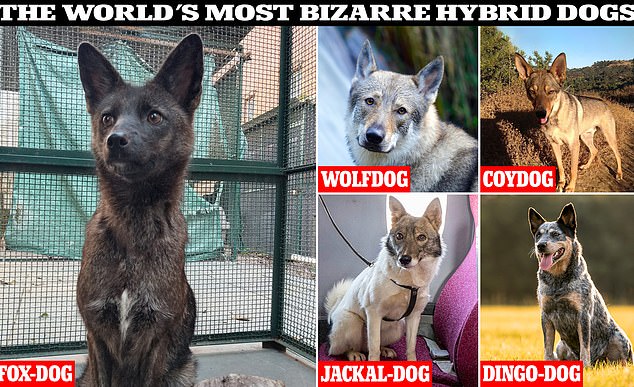
1. Wolfdog
As the name suggests, this hybrid shares lineage with both wolves and domestic dogs.
These species can interbreed thanks to their “sterility,” meaning they share very similar physical characteristics and a not-so-different evolutionary past.
But don’t get it twisted, any ‘first generation wolfdog pup’ that has a live wolf parent is illegal in the UK unless you have a special licence.
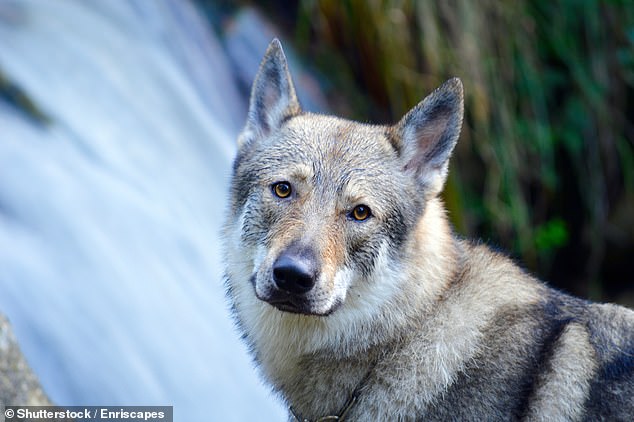
The Czechoslovakian (pictured) and the Saarlos are the two main types of wolfhound found in the UK
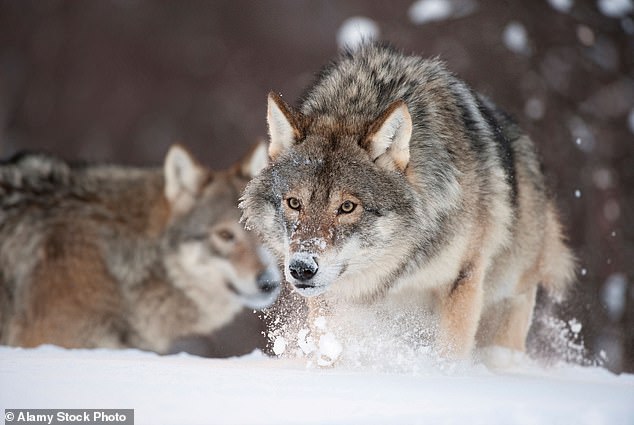
Two other wolf ancestors can be owned whether you have this license or not (pictured: European gray wolf)
However, you may be surprised to know that two distant wolf ancestors can be owned whether you have this license or not.
This includes Czechoslovakian and Sarlos, which are usually the product of wolves, German shepherds or huskies.
Despite this, the People’s Dispensary for Sick Animals (PDSA) warns that wolfdogs have an incredibly different temperament than traditional dogs.
The veterinary charity said: “Wolf dogs need plenty of space to run and be able to do all their wild behaviours. They need a greater amount of exercise and attention than domestic dogs.”
They can be difficult to train and crave the company of a ‘pack’, so they are not a breed that can be left alone at home. Like their wild ancestors, you can expect Wolfdogs to have a very loud voice.
Understandably, a wolfdog is unlikely to seek approval from its owner and may be aggressive.
The PDSA therefore advises only experienced handlers without families to own wolf dogs.
2. Fox dog
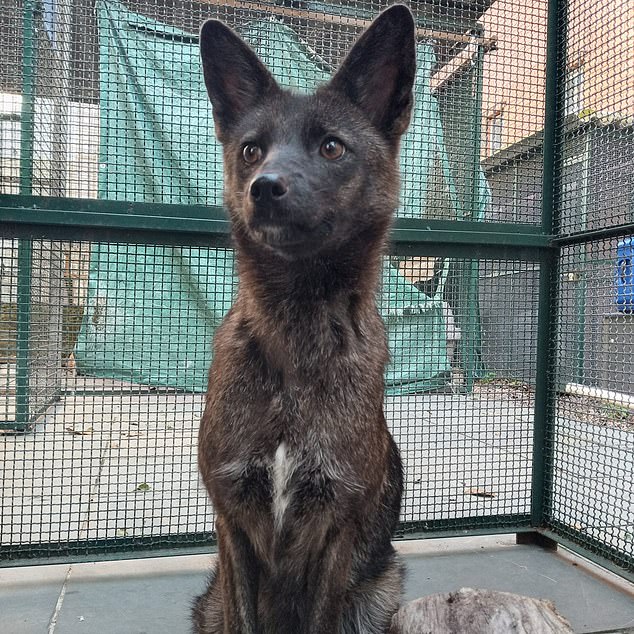
This fox-dog hybrid – known as ‘dogxim’ – was found in Brazil after being hit by a car
Just yesterday, the world’s first fox-dog hybrid was confirmed to have appeared in Brazil.
The animal was discovered after being hit by a car about two years ago, but vets were unable to determine whether the little female was a dog or a fox.
Extensive genetic testing has since revealed that she was half-and-half, as her mother was a pampas fox and her father was a domestic dog.
Sadly, the pup has now died, but experts believe many more ‘dogs’ like this may exist in the wild.
“It was an amazing animal, really a hybrid between a pampas fox and a dog,” said conservationist Flavia Ferrari. Telegraph.
While the little hybrid moved like a fox and ate live rodents, she barked like a dog and even played with toys.
“He was not as docile as a dog, but he also lacked the aggressiveness expected of a wild dog when handled,” Ms Ferrari continued.
3. Jackal the dog
The Shalyka dog is a hybrid dog of a jackal and a husky, and was first bred by Klim Salimov, the famous Russian biologist.
This half-and-half species has inherited a unique set of characteristics, including a remarkable sense of smell and resilience to frigid climates.
As a result, more than 50 puppies were deployed in 2019 to sniff out bombs in Moscow for the Russian airline Aeroflot.
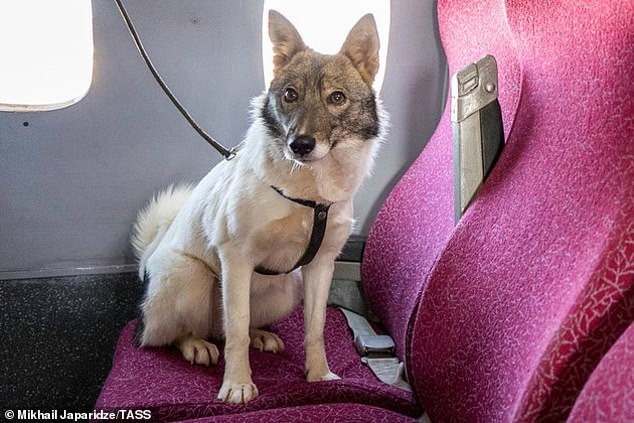
This jackal-dog hybrid was deployed in Russia to sniff out explosives at a Moscow airport
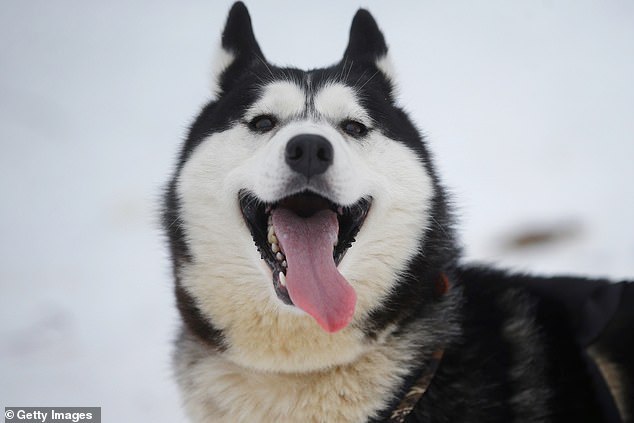
The Russian Shalyka is a jackal and the husky (pictured) is a hybrid
“Aeroflot’s dog trainers introduced the dogs and showed videos about the training process as well as the company’s latest development – an olfactory monitoring system.” The airline said.
Finding explosives is the main duty of the Shalaika family. Daily dog and dog trainers patrol the airport and inspect aircraft to ensure safety.
“Because of Schleika’s keen sense of smell, sniffer dogs have proven to be more reliable than any type of equipment designed to detect explosives.”
While jackals resemble wolves, they are often half their size and have a body length of about 31 inches.
Some jackals also subsist on a mixture of prey and hunted plants, while wolves are mostly carnivores.
The airline continued: “Building on the successes of service dogs, Aeroflot has introduced olfactory monitoring – a hardware and software system that includes special equipment for dogs to help determine the nature of the substances they detect and transmit the information to the operator’s computer.”
“Olfaction monitoring also allows remote analysis of the air environment.”
4. Dingo dog

The Australian Cattle Dog (pictured) is thought to be closely related to the dingo
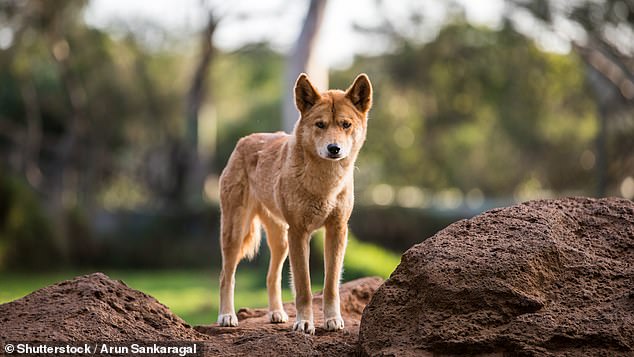
The dingo is an ancient breed of wild dog that has lived in Australia for thousands of years
The dingo is an ancient breed of wild dog that may have lived in Australia up to 4,000 years ago.
While it is often disputed whether the dingo can be domesticated, the wild dog was mated with the tamed Blue Merle during the 19th century.
This produced what is now referred to as the Australian Cattle Dog, and this species is often used to herd animals on farmland.
Unlike wolfhounds, they are widely known to be good with children but can be suspicious and even aggressive towards strangers.
In 2015, the personal finance editor of The Mail On Sunday was attacked by a terrier in an unprovoked attack that left him hospitalised.
5. Codog
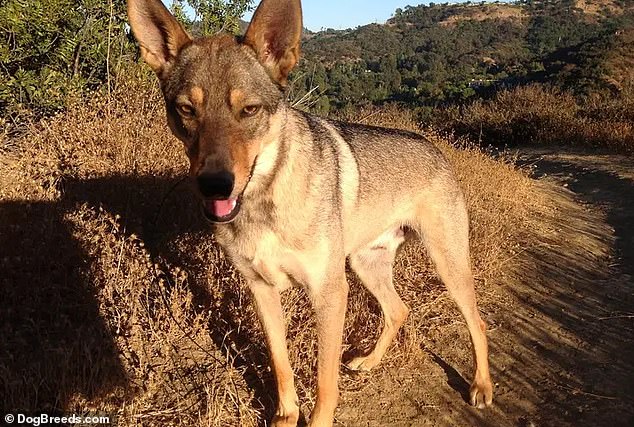
In 1977, it was determined that there were two main species of sheepdogs, including Canis latrans and C. familiar
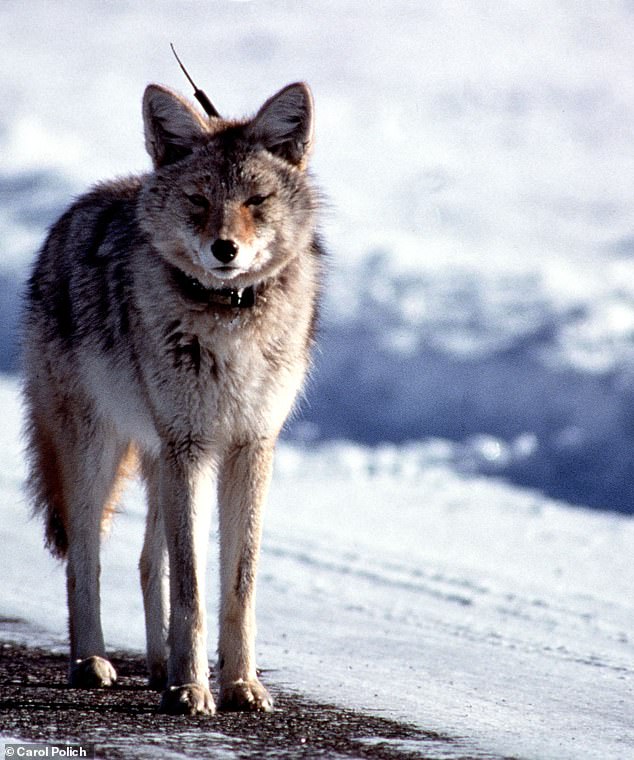
Coyotes (pictured) are typically larger than jackals but smaller than wolves, and have long, bushy tails and light-colored coats
Simply put, this hybrid is the offspring of both the coyote and the domestic dog commonly found in the United States.
But biologist Kent McFarland of the Vimont Center claims that the real picture is often darker than this one.
“Depending on where they sample in the Northeast, about 60 to 80 percent of their gene pool is made up of coyote genes, somewhere around 10 to 25 percent are wolf genes and less than 10 percent end up being Domestic dog genes. ‘ Tell Vermont Public.
“So we’re talking about a fauna that consists mostly of a coyote, a coyote and a small domestic dog.”
Coyotes are typically larger than jackals but smaller than wolves, and have long, bushy tails and light-colored coats.
In 1977, it was determined that there were two main species of sheepdogs, including Canis latrans and C. familiar.
These have mostly been raised in captivity, according to Urban Wolf Research Project.
(tags for translation) Daily Mail

